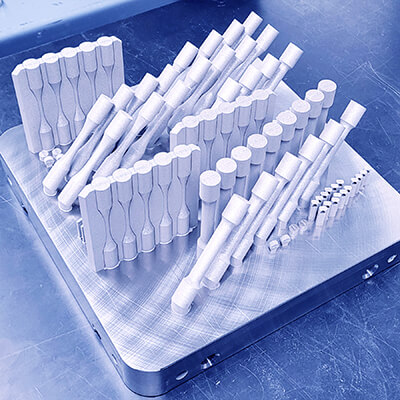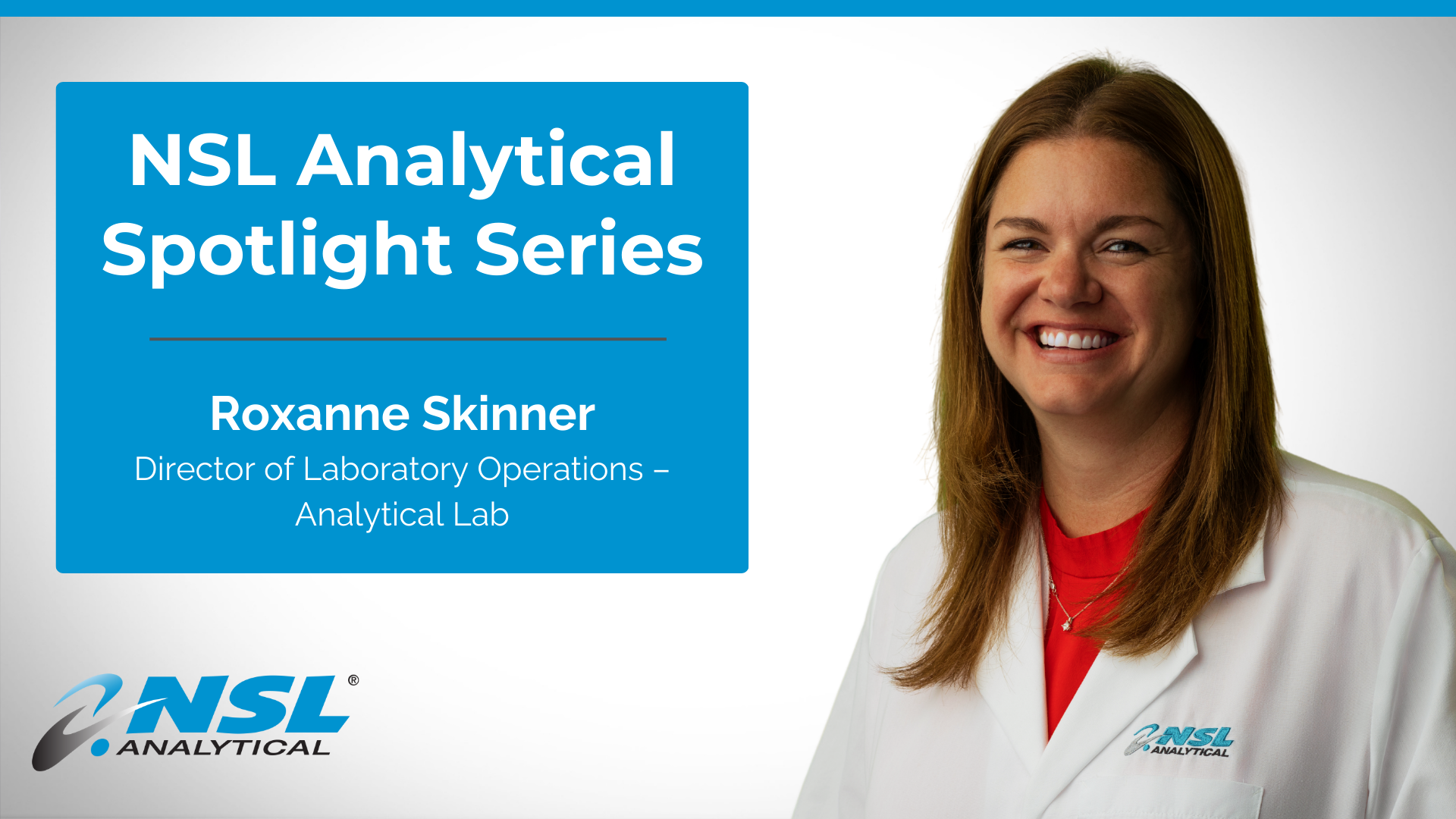

From scientific deep dives into specific topics to high-level overviews of testing processes, Materials Matter is a resource for invaluable information about everything material science.
We’ll have blogs about industry trends and informative videos from ceramists, metallurgists, additive experts and materials scientists — and much more.
Materials innovation is the driving force for advancing manufacturing and we’re excited to provide a resource for expert insights.
Have something to add to the conversation? We’d love to hear what you have to say.
Alloy and Ceramic Spectroscopy
Inductively Coupled Plasma (ICP) Spectroscopy
LECO
DC-Arc Photoemission Spectroscopy
Anion Chemistry


Nick Estock of AddUp, Chris Prue of UPM, and Ed Herderick of NSL Analytical describing synergies between metal additive manufacturing machine OEMs, metal machining and build plate suppliers, and testing services suppliers.
Dr. Ed Herderick, NSL Analytical Vice President of Science and Technology Development, describing why testing is important to the additive manufacturing industry.
This includes a description of X-Ray Diffraction, EDS, and ICP techniques to characterize metal powder.

On October 6, 2025, NSL’s Dr. Ross Cunningham presented at the ASTM International Conference on Advanced Manufacturing (ICAM) in Las...

Sometimes the right path finds you, not the other way around. Such is the case for the career built by...

A lot has changed in the past 18 years in the materials testing and technology industries. Just ask Roxanne Skinner,...